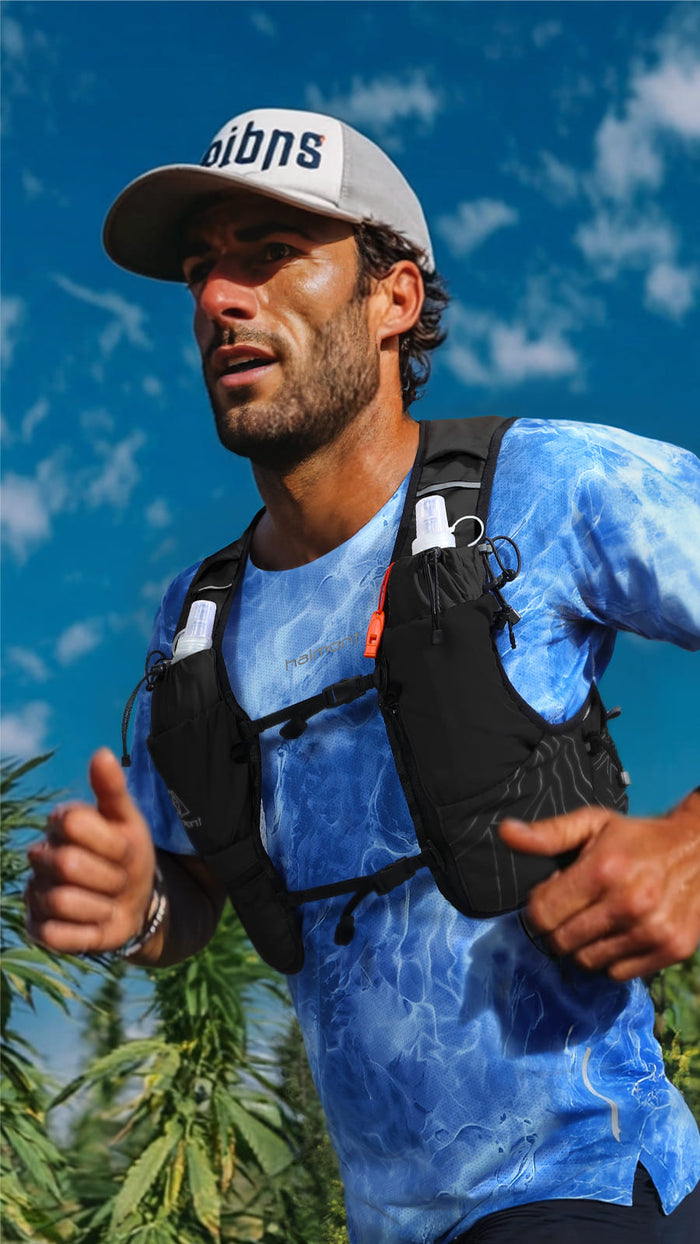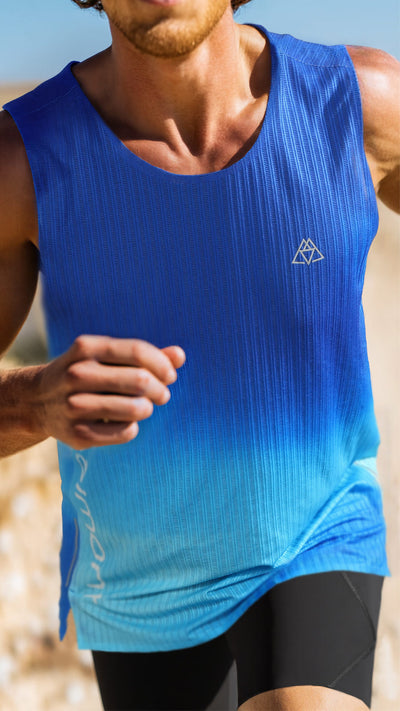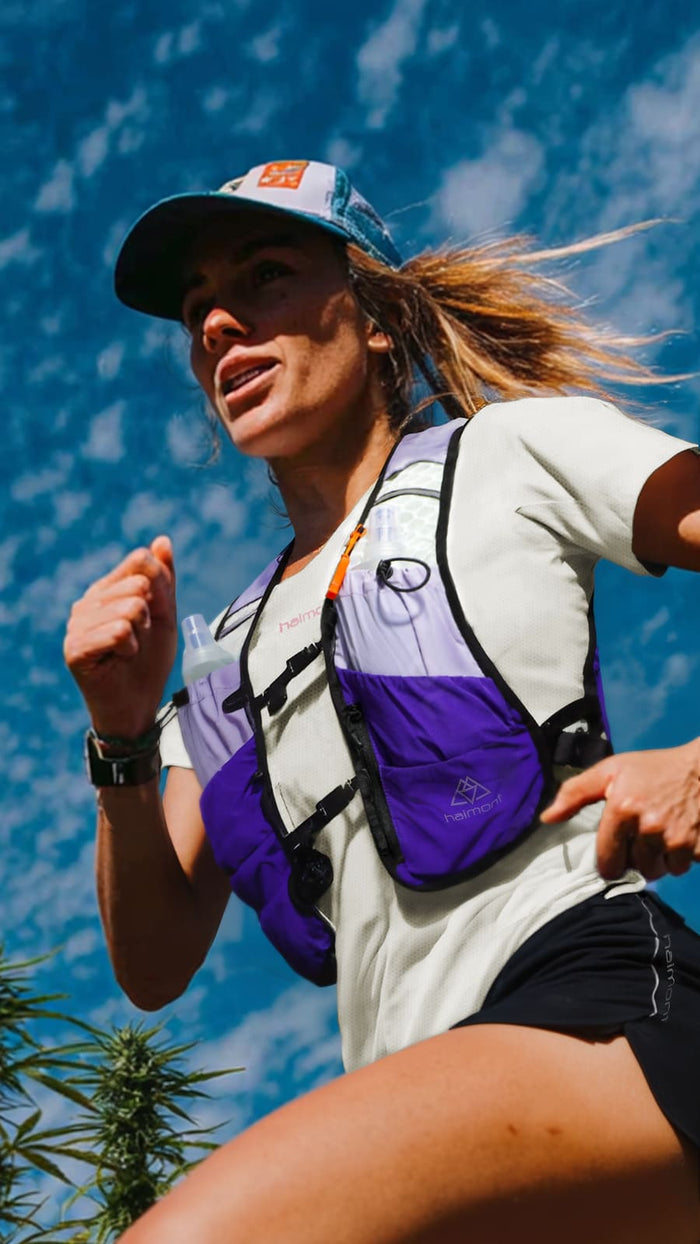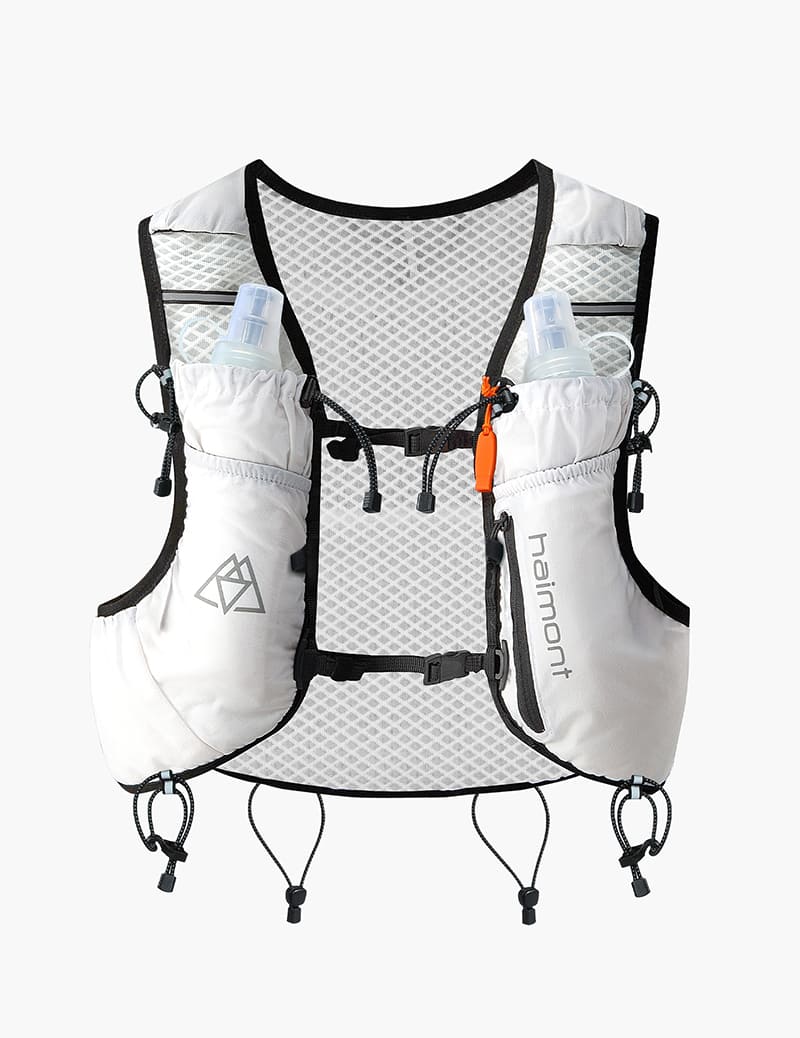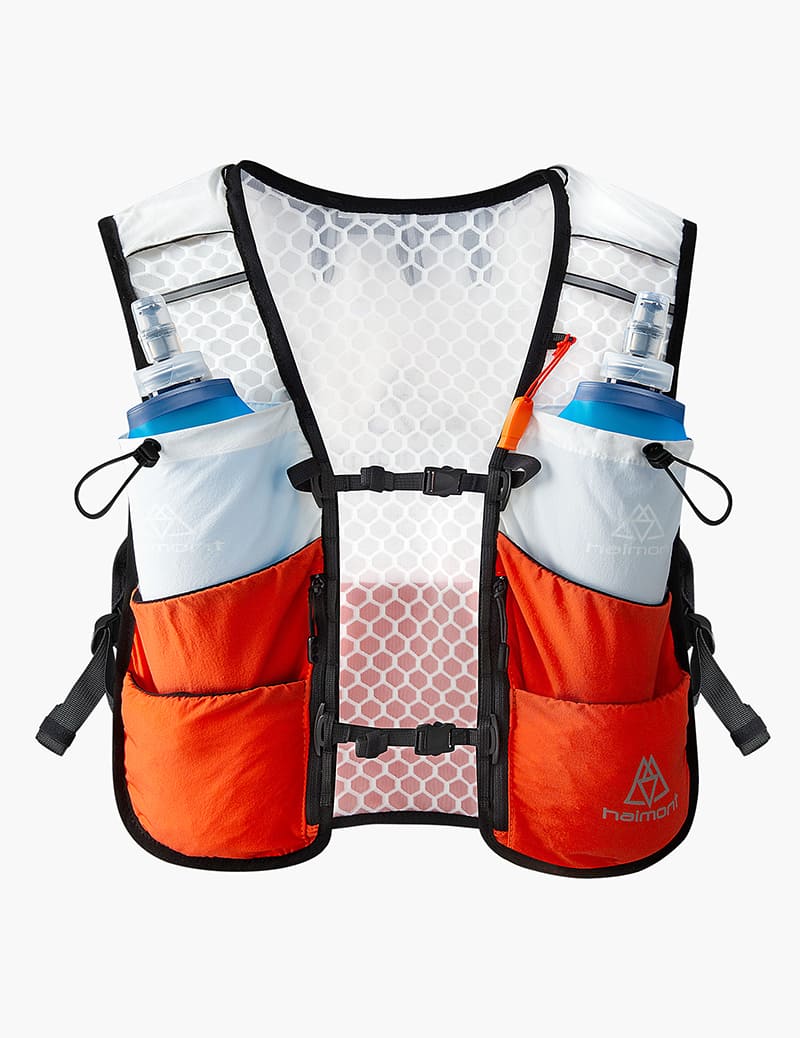Table of contents
2026: A Breakout Year for Trail Running in Australia
If you’ve been following the Australian trail running scene, you’ve probably noticed the shift—race registrations are exploding.
Across the country, major events from UTMB Oceania (Ultra-Trail Kosciuszko, Ultra-Trail Australia) to local favourites like Margaret River Ultra and Gone Nuts 100 are hitting capacity within hours—sometimes minutes.
According to aggregated data from Australian race registration platforms, the first-week sign-up volume in 2025 increased by 65% compared to 2023, and 2026 is on track to be even bigger.
Why the surge?
-
Return of international runners
With easier visa access and fully restored flight routes, runners from Asia, Europe, and the U.S. are coming back in large numbers. -
Improved race certification and organisation
More events are joining the UTMB World Series, attracting elite and seasoned athletes. -
Growing community culture
Trail running clubs like Trail Runners Association NSW and Trail Running SA are organising group training, challenges, and camps, pulling more newcomers into the sport.
So if you plan to join a major Australian trail race in 2026, one thing is clear—
now is the time to learn how to secure your entry.

Why Is It Getting Harder to Get a Race Entry?
The answer lies in a combination of factors:
1. Environmental & safety limits
Australian National Parks strictly control participant numbers (e.g., Kosciuszko courses are capped around 1,500 runners).
2. Limited aid-station and volunteer capacity
Aid stations, medical staff, and safety checkpoints require large volunteer teams. Entries cannot exceed available manpower.
3. Tiered or lottery systems
Several races now use:
- lotteries
- priority entry
- multi-year loyalty programs
Meaning even fast registration doesn’t guarantee entry.
Getting a spot now requires strategy—not luck.
How to Secure Your Race Entry: The Complete 2026 “Fast-Registration” Playbook
Whether you’re new to the global trail running scene or a multi–100K finisher, this guide gives you everything you need to increase your chances.
1. Understand Each Race’s Entry Mechanism
Australian trail races generally fall into three categories.
Knowing which mechanism applies can be the difference between getting in—or waiting another year.
A. First-Come, First-Served (FCFS)
You are racing the internet. Speed is everything:
website refreshing, connection stability, autofill, payment response time.
Common FCFS races include:
- Margaret River Ultra
- Brisbane Trail Ultra
- The Guzzler Ultra (some distances)
These events frequently sell out within minutes.
B. Lottery-Based Entry
Speed doesn’t matter—registration during the window is enough.
The system randomises participants after the registration period closes.
Typical lottery races:
- Ultra-Trail Kosciuszko by UTMB
- Some UTA 100/50 categories (historically)
Fair, but very competitive.
Kosciuszko has seen entry demand exceed capacity several fold.
C. Tiered Release (Early Bird → Regular → Late Entry)
Not a complete “sell-out in minutes” situation, but:
- Early Bird is cheaper
- Each tier has limited slots
- Delaying your registration increases cost significantly (AUD 30–100+)
Examples:
- Gone Nuts 100 (Tasmania)
- Trail Ultra WA
Set reminders early to avoid missing Early Bird.
Pro Tips (Haimont Recommended)
✔ Follow the race’s Instagram for countdown posts
✔ Join Facebook groups — runners often share early intel
✔ If it’s a lottery race, submit in the first 48 hours to avoid system congestion
2. Technical Setup to Avoid Losing Your Spot
In 2025, over 300 runners lost their Margaret River Ultra entry due to payment errors, not speed.
Avoid this with the following checklist:
A. Create your account early
Most races use:
- Active.com
- Race Roster
- EventPlus
Create and test your account at least one week before registration.
B. Dual payment backup
Prepare two payment methods:
- Credit Card (international enabled)
- PayPal (if supported)
Many international cards fail due to unactivated cross-border payments.
C. Browser & network optimisation
- Use desktop Chrome
- Close VPN
- Clear cache
- Load the registration page in advance
A small difference in load time can determine whether you’re in the queue.
3. Multi-Path Strategy: Register Smart, Not Alone
A. Team Entry
Some races allow one person to reserve slots for an entire team.
Great for 50K+ events.
Workflow:
- Assign a “Primary Registrant”
- All members log in beforehand
- Use identical team name
- Pay instantly
B. Dual-attempt “insurance” strategy
Two people attempt to register the same runner.
The first success proceeds; the other cancels.
Highly effective for FCFS races.

4. Hidden Advantages: Priority Entry Programs
A. Loyalty Entry
UTA and other events reward:
- Returning finishers
- Multi-year participants
- Volunteers
- Runners who completed affiliated events
Often grants 48-hour early access.
B. Brand-partner early access codes
Participating brands (including Haimont via community campaigns) sometimes get:
- limited internal entries
- early-access codes
Follow brand newsletters and community challenges.
C. Charity Entry
Most major races hold back ~20–50 charity spots:
- Donation usually AUD 300–500
- 100% guaranteed entry
- Skips lottery
A reliable backup option if regular entry fails.
5. Qualification & UTMB Index Preparation
If you plan to enter ultra distances (especially 100K+), ensure:
- UTMB Index
- ITRA points
Tips:
- Enter a certified 50K+ race in early 2025
- Upload your result early
- Allow 1–2 weeks for UTMB system update
Missing points will automatically block your registration.
6. The “Sell-Out in Minutes” Blueprint (Example Using Margaret River Ultra)
The following process applies to all high-demand races across Australia.
T–3 Days
- Visit the official site
- Locate the exact registration button
- Run a full “mock registration” (don’t submit)
- Check your payment method
T–1 Night
- Keep the registration tab open
- Refresh to make sure you’re up to date
- Test your internet
- Use desktop only
T–10 Minutes
- Log in
- Prepare payment details
- Keep personal details in a notepad for quick copy/paste
Launch Second
- Refresh every 1–2 seconds
- Click as soon as the button appears
- Autofill everything
- Triple-check only the category (e.g., 80KM)
Payment
- Complete within 30 seconds
- Screenshot confirmation immediately
- Retry instantly if payment fails
After 10 Minutes
- Confirm you received an email
- Verify category, name spelling
- If there’s an issue, contact organisers immediately
7. What If You Still Miss Out? Backup Options.
A. Waitlist
Kosciuszko, Margaret River and others offer automated waitlists.
Keep your status “Active”.
B. Charity Entry
A guaranteed last-resort option.
C. Partner / Ambassador entries
Follow participating brands (e.g., Haimont) for:
- community challenges
- ambassador programs
- gear testing events
These sometimes include bypass entries.

8. Why Preparation Should Start Before Registration Day
Registration is just the start—your training and gear adaptation timeline should begin months earlier.
Haimont Pre-Registration Preparation Guide
3–6 Months Before Registration
Focus on:
- learning the course
- weather and terrain research
- qualification race
Recommended gear during training:
- 5L / 8L / 10L lightweight trail running vests
- moisture-wicking technical tee
1–2 Months Before Registration
Simulate race conditions:
- night running
- technical trail sessions
- long climbs and descents
Useful equipment:
- headlamp
- lightweight trekking poles
After You Successfully Register
Shift into structured training:
- build aerobic base
- incorporate elevation
- long runs with full gear
Start testing:
- trail running shoes
- insulated soft flasks
- clothing layers
- nutrition & hydration placement within your race vest
Haimont Reminder: Always Test Your Gear Early
Trail running is as much about equipment adaptation as it is about fitness.
Avoid last-minute surprises such as:
- blisters
- back/chest chafing
- vest bounce
- inaccessible nutrition
Train with full kit early—and race day becomes much smoother.
Preparation Brings You Closer to the Start Line
A trail race doesn’t begin on race day—it begins the moment you prepare.
When you study the course, set your reminders, or test your gear on a quiet evening, you’re already taking your first steps toward the start line.
In a year where Australian races fill faster than ever, success isn’t luck—it’s preparation.
The runners who plan early, train early, and gear up early are the ones who will stand confidently on the start line when the day arrives.
So start now.
Make your plan, get your gear ready, and take that first step.
The 2026 trails are waiting—and you’re closer than you think.

